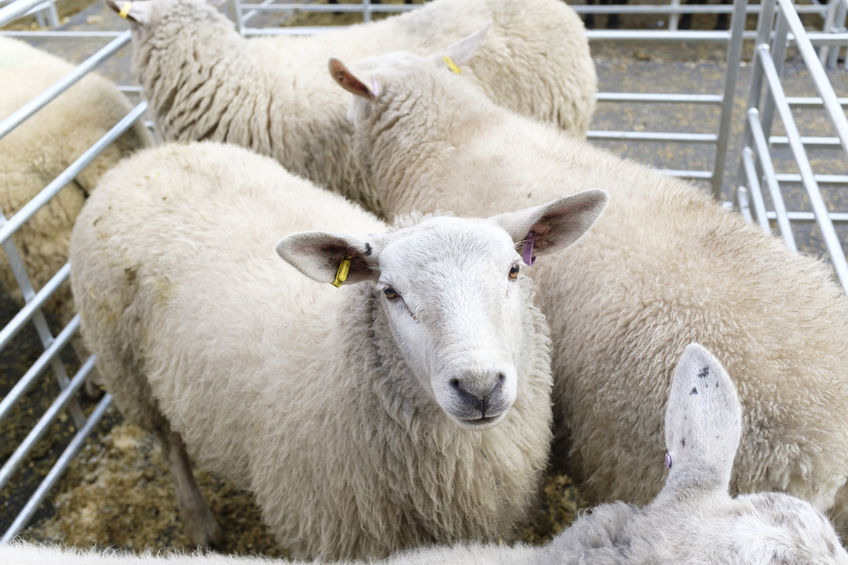
A lack of ‘social distancing’ between sheep is responsible for the spread of the virus that causes maedi-visna (MV), scientists say.
A new study provides an important step towards devising prevention, control and elimination strategies for the incurable and fatal viral disease.
Scientists from the University of Edinburgh, the Moredun Research Institute and GD Animal Health in the Netherlands found much higher rates of spread of the virus during periods of winter housing than between sheep kept at grass.
The most common symptoms of MV are chronic respiratory disease and hardening of the udder, which only become evident some years after infection.
It occurs in most sheep-keeping areas worldwide and causes loss of production and poor animal welfare.
The disease is mostly transmitted via exhaled droplets and aerosols from infected sheep, suggesting the danger of prolonged close contact, such as during housing.
However, there has been no previous quantitative analysis of virus transmission under farm conditions.
Dr Nick Savill and Prof Andrew Illius, who jointly led the research from the University of Edinburgh, said the striking result from the research was that MV is a disease of housing.
“Even brief periods of housing allow it to spread, but transmission of the virus is negligible between sheep kept at grass,” they said.
“So although individual sheep never recover from the disease, it could be eliminated from flocks over time by exploiting the fact that transmission of the virus is too slow between grazing sheep to sustain the disease."
There were two further key findings from the study. Maternal transmission (from ewes to lambs) has only a small effect on disease spread.
Lambs from infected ewes have a low probability of being infected directly by them, and only a small proportion of ewe lambs need be retained to maintain flock size.
Secondly, the disease is unlikely to be spread by newly-infected animals.
The time between an animal being infected and becoming infectious is estimated to be about a year, which is consistent with the slow and progressive emergence of symptoms of MV.
Dr Tom McNeilly from Moredun Research Institute said: “This study answers simple but highly important questions for farmers on MV control: how is the virus transmitted between sheep and how best to prevent this happening?
“Our results show that transmission occurs almost exclusively during housing and points towards simple and practical methods to reduce transmission within the flock.”
Future work will identify the most effective ways to test for the virus in order to clear infections from the flock.
Scientists will also investigate cheap and practical methods to control the disease, such as keeping ewes of different age-groups in separate pens when housed.
